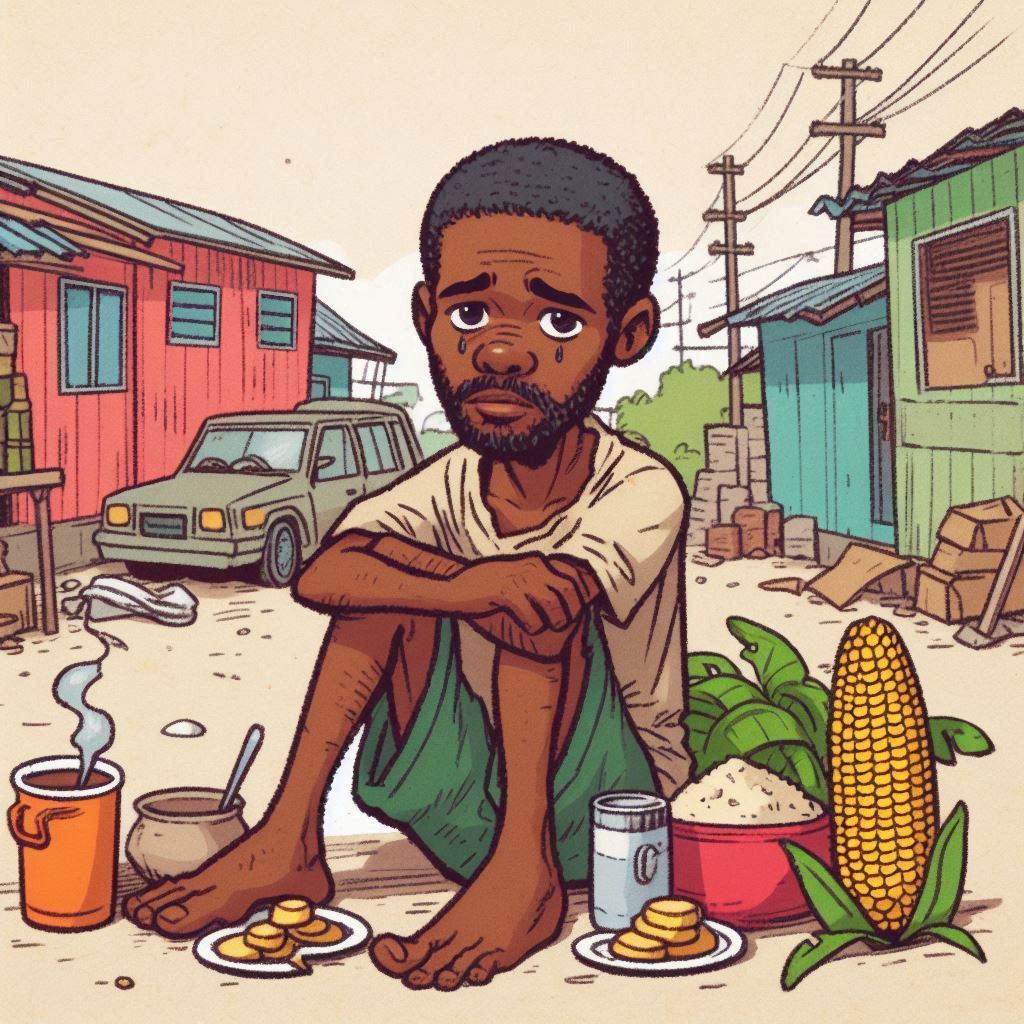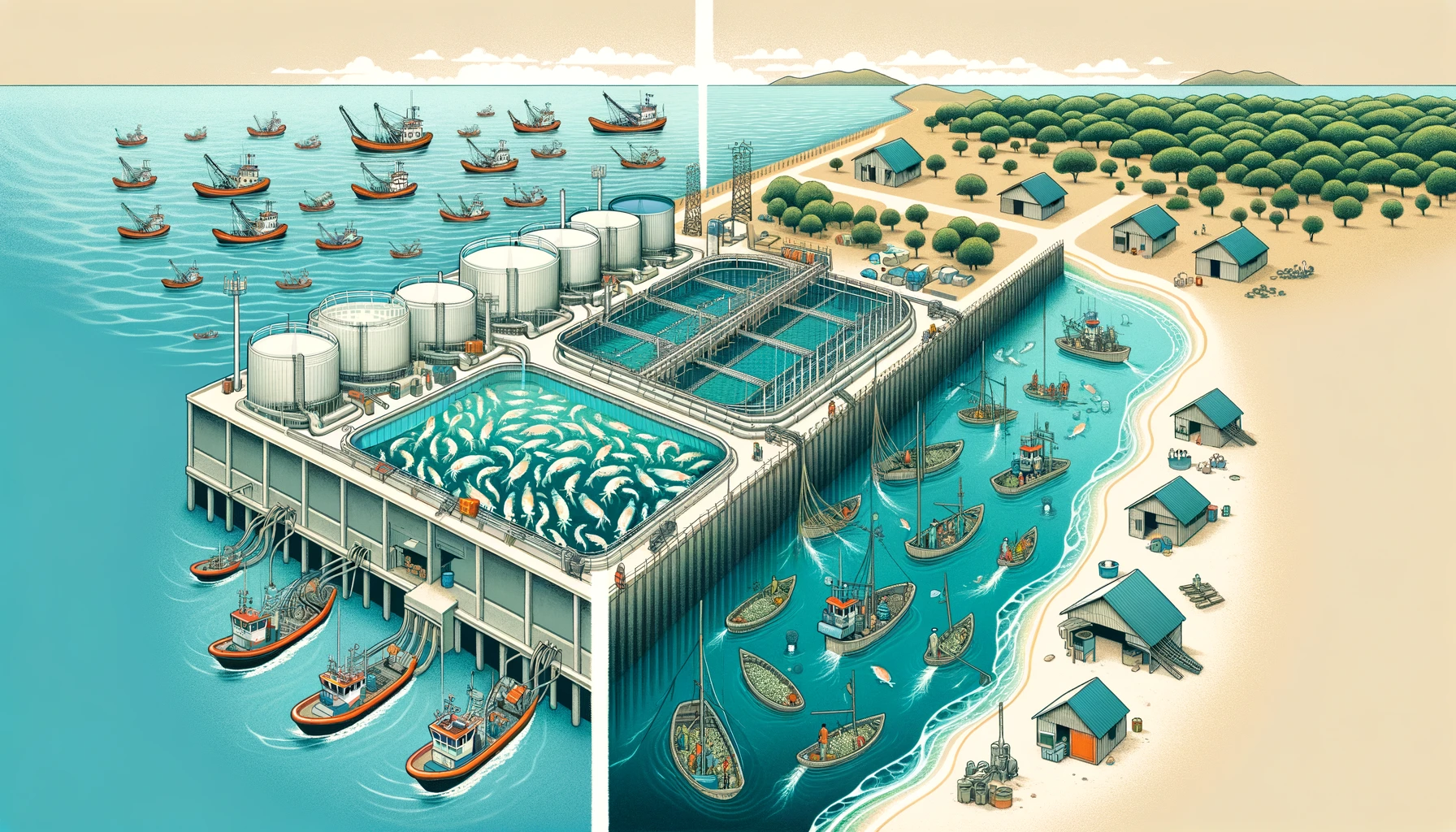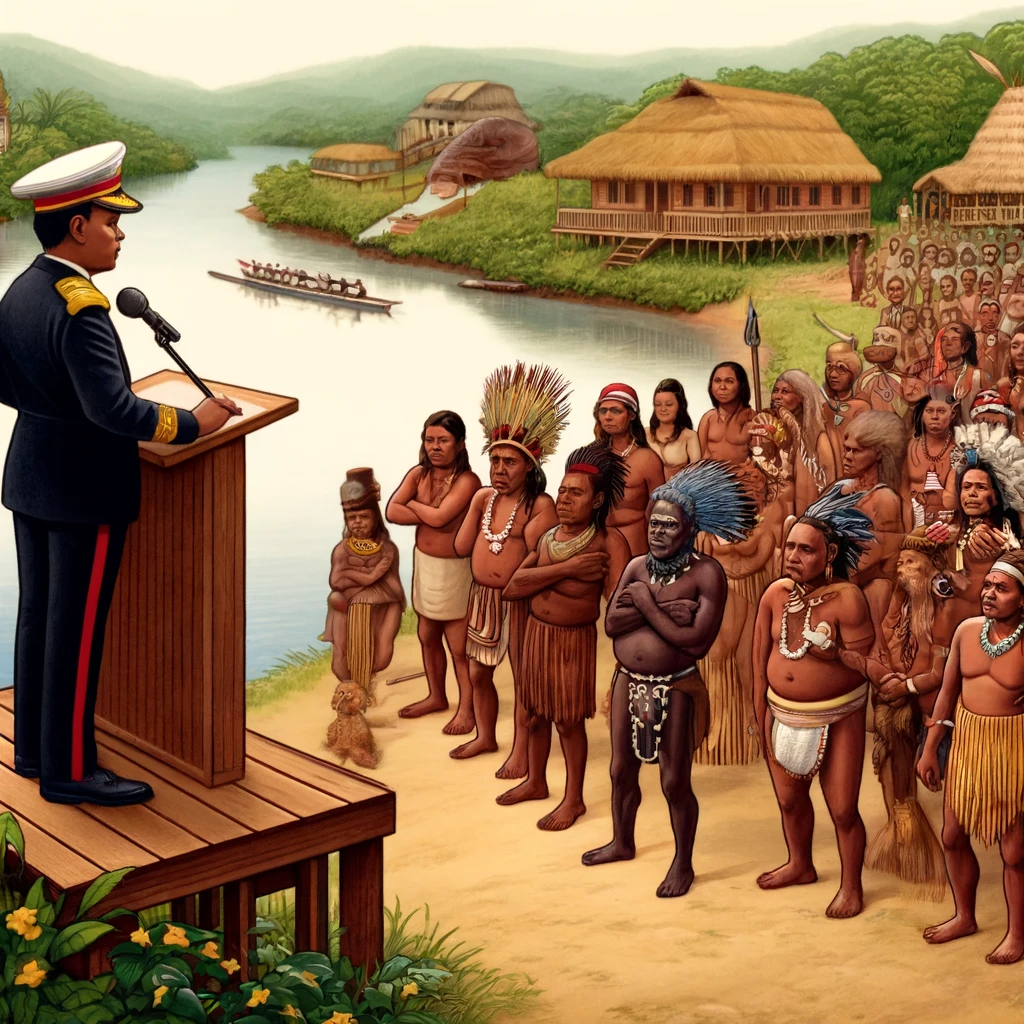On 1 December, Winrock International and The Architecture for REDD+ Transactions (ART) published the news on their websites that Winrock’s Architecture on REDD+ Transactions (ART) had issued the world’s first TREES credits to Guyana, a total of 33.47 million carbon credits. The oil company Hess Corporation announced on the same day that it had purchased or intended to purchase 37.5 million of these carbon credits for USD 750 million, at the rate of 2.5 million credits per year, backdated to 2016. It is not clear how Hess, which is a 30 per cent co-venturer with ExxonMobil (45 per cent) and CNOOC (25 per cent), could purchase 4 million more credits than had been issued by Winrock. Guyana has paid the verification fee of USD 1.8 million to the auditor Aster Global Environmental Solutions, one of the two auditors recognised by Winrock/ART, for the retrospective four years 2016-2020 to allow an income of USD 187 million from 12.5 million carbon credits at USD 15 per credit (= 1 tonne of CO2e). Hess Corporation is paying USD 4.1 per tonne of carbon for the period 2016-2020, that is, about 20 per cent less than the basis of Norwegian NICFI payments under the Norway-Guyana MoU 2009-2015 where the rate was USD 5 per tonne of carbon. It is not clear how Vice President Jagdeo implied that the new deal is better financially than the previous deal. In quick succession, the following international bodies also issued congratulatory messages to the government of Guyana and to Winrock: The Government of Norway through the Norwegian International Climate and Forests Initiative; and the Wildlife Conservation Society [described by the Guyana Times as the ‘World Conservation Society’]
Winrock has not published an explanation in language which is meaningful in Guyana on what is a jurisdictional carbon credit, how it is estimated, from what kinds of forest tenures the credits have been derived, how the monetary value of a credit is calculated, what you can do with such credits, what you can do with the forest from which the carbon credit has been estimated. There are hundreds of technical pages of validation and verification reports by Winrock and auditor Aster Global Environmental Solutions but these do not explain to most Guyanese what these transactions mean, or, in the case of Guyana’s Indigenous Peoples, whether the sale to Hess would prevent their traditional rotational agricultural practices. Former Vice President of Guyana, Mr Sydney Allicock raised this question in an online panel on ‘Guyana’s Indigenous Peoples and the emerging oil and gas economy’ on 14 December 2022.
The matter of tenure or tenures is legally important; it is possible that neither Winrock/ART nor the auditor Aster Global Environmental Solutions appreciated this point, which affects who actually owned the credits before they were sold by the Government of Guyana to the Hess Corporation. We consider just two issues here: what forests are involved, and who has what rights over these jurisdictional carbon credits.
1. The ART/TREES concept note prepared by or for the Guyana Forestry Commission (GFC, government agency administering State Forests) gives the proposed accounting area as 18.070 million hectares (Mha). That is the total area of forest estimated by Aster Global and may be compared with the estimate for 2021 by the Guyana Forestry Commission at 17.986 Mha, a difference of 84,000 ha which is seven times the area of Georgetown.
2. Most of this area is State Forest under the administration of the GFC (12.600 Mha, of which 12.143 Mha are forested) and State Lands under the administration of the Guyana Lands and Surveys Commission (4.070 Mha, of which 2.452 Mha are forested).
3. The National Protected Areas System is administered by its own Commission, with 1.139 Mha of which 1.092 Mha are forested.
4. Thus the State administers 87 per cent of the total forest area (12.143+2.452+1.092=15.687 Mha out of 18.070 Mha).
5. In addition to these State-administered 15.687 Mha there are 2.299 Mha of forest in titled Amerindian Village Lands (that is, under statutory control by the Indigenous Peoples). Forest products crossing the boundary between State and Amerindian titled lands are subject to GFC control, in that the products must be accompanied by a GFC-issued removal permit.
6. The State-administered forests are not pristine. In the last year of published records (GFC/FSIR for 2020), the 17 GFC-issued long-term logging concessions covered 2.126 Mha and the 549 GFC-issued short-term logging concessions covered 2.319 Mha. Five exploratory concessions allow logging and cover 0.729 Mha. In State Lands, 10 leases allow logging and cover 0.011 Mha. Most of these 5.185 Mha have been logged repeatedly and highly selectively for the small number of timbers preferred by the local market and the export log markets in China and India. There is no formal reforestation or post-logging silviculture to restore the slow-growing natural tropical rainforest. Direct deforestation from logging (roads) was assessed at only 6,099 ha for 1990-2021, including 228 ha in 2021 which emitted 0.240 Mt CO2e, while forest degradation (logging loss and skid trails) emitted 3.269 Mt CO2e in 2021.
7. The rate of artisanal hydraulic gold mining is closely linked to the London bullion market price for gold. The high price in 2012-3 was associated with deforestation of 13,664 ha and 11,518 ha but loss of forest dropped to 6,825 ha in 2021. Contrary to the government Mining Regulations 2005 there is no reforestation of the open mining pits, partly because the tailings are reworked when the gold price rises. Summing the estimates of deforestation by mining (0.102 Mha for 1990-2021) results in a probable over-estimation because of the re-working of the tailings.
8. There are no formal policies to limit logging, deforestation or forest degradation, in spite of the hopes in the Norway-Guyana Memorandum of Understanding (MoU) 2009-2015 for positive policy changes. It is therefore quite incorrect to refer to REDD+ projects in Guyana, where the only reduction has been due to less gold mining after the high price in 2012-3 and not to any changes in government policies or practices. Even during the undemanding requirements of the MoU, Guyana was penalised under the Norwegian agreement for allowing the log production rate to rise above the agreed limit.
2.1 The Government of Guyana can trade carbon credits generated from the State-administered 15.687 Mha of forest. However, the State does not control the management of the 2.299 Mha of forest in titled Amerindian Village Lands, contrary to Winrock/ART’s assertion in its Press release on December 01, 2022 (‘Endorsement for the government to sell credits from Guyana’s Indigenous lands — both titled and untitled – including the terms of benefit sharing, was given by the National Toshaos’ Council, which includes leaders elected by each community and is the legal representative of Indigenous peoples in Guyana.’)
2.2 The Winrock/ART claim to be able to sell carbon credits from Amerindian forest resources is therefore false, without the agreement of each such Village or Community at a general meeting. We wonder if the Executive, Board, and shareholders of Hess Corporation (USA) are aware that some of what they are buying is not actually for sale?
Article printed from Stabroek News: https://www.stabroeknews.com
URL to article: https://www.stabroeknews.com/2022/12/15/features/the-range-of-tenures-property-rights-that-underlie-the-jurisdictional-carbon-credits-sold-by-guyana-to-oil-company-hess-corporation/










